Media | Articles
Toyota digs up unbuilt CALTY design concepts, including two mid-engine sports cars
Early on, Toyota says, designers at its CALTY Design Research studio worked quietly in the shadows, “diligently researching the market in and around Southern California,” Toyota said. Experimentation was encouraged, so the designers didn’t limit themselves strictly to cars and trucks. And a good thing, too, because these creatives came up with some truly inventive designs, including two mid-engine sports cars that Toyota unearthed photos of to celebrate the studio’s 50th anniversary.
In the five-decade history of the California-based American outpost for Toyota’s global design network, it isn’t unusual for designers to be working towards the future. What they’ve been working on lately is way in the future: In honor of CALTY’s five decades of design, the group has unveiled a “Baby Lunar Rover,” complete with a nod to the original FL40 Land Cruiser.
The Baby Lunar Rover, complete with in-wheel motors and a massive glass canopy, is just the latest design from CALTY. The first one you are likely familiar with that made production was the 1978 Toyota Celica, the one with the aluminum band across the top. It was a smash hit.
“California was a youthful, vibrant epicenter of fresh ideas, a cool car culture, and the glamorous movie industry that inspired CALTY to create innovative designs and establish new trends,” said Kevin Hunter, president of CALTY Design Research.
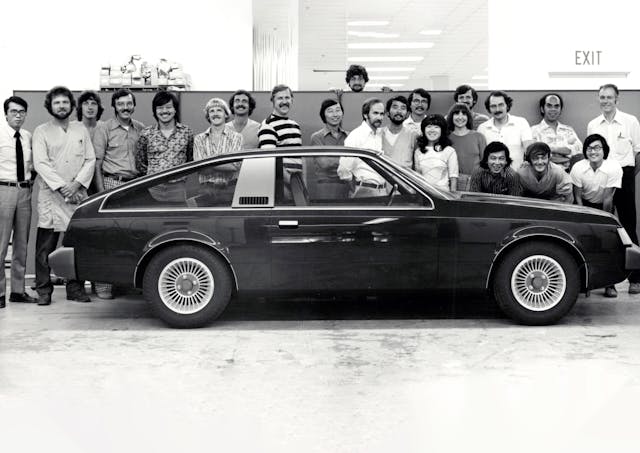
The group styled multiple concepts, some of which never made it to production. CALTY is sharing a few here:
We’re likely a long way from knowing whether that Baby Lunar Rover will make it to space, but here are some details: It’s inspired by the real, full-sized Lunar Cruiser being developed by the Japanese Aerospace Exploration Agency and Toyota. The BLR is controlled by twin joysticks and rolls on airless tires. There’s a “panoramic” augmented reality dashboard display and a full array of cameras and lidar/radar sensors, and a split tailgate out back.
Going back in time, CALTY designed what the studio calls an “an early FJ40 proposal.” It was a stout little two-door SUV that, had it made production, likely could have given the Jeep a run for its money. It was based on the Land Cruiser.
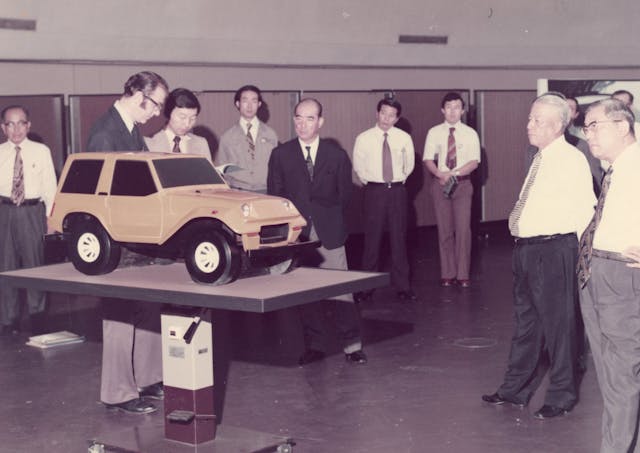
CALTY designed this MX-1 concept in 1983, which featured a mid-engine layout and gullwing doors. It was developed as a “premium halo sports car,” with period-appropriate white mesh wheels. It should have at least made an appearance in a Tron movie or something, right?
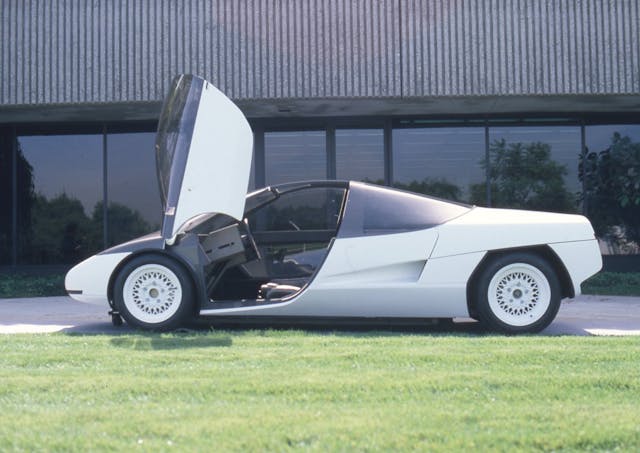
A few years later, CALTY stuck with the MX-1’s basic layout and designed the two-tone MX-2, which was, Toyota says, “close to a pure race car.” It had the predecessor’s mid-engine design with gullwing doors, and the body was made out of fiberglass reinforced plastic. It had a swing arm steering wheel that could accommodate either left- or right-hand drive.
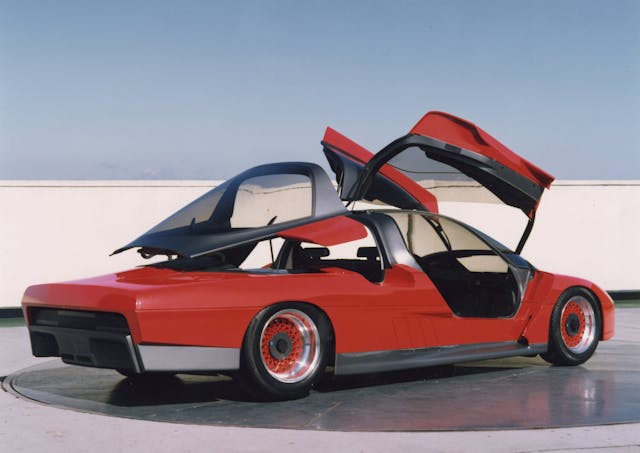
CALTY’s version of the 1993 Supra wasn’t selected for production, but you can see design elements from the prototype in the production car. For the Mark IV Supra, or A80 as it was known internally, “CALTY’s intent was to take the Supra in the direction of a ‘pure sports car,’ rather than continue with the previous models’ Grand Touring character. They gave it a long hood and a linear bulge so the engine bay could accommodate a large inline-six engine.”
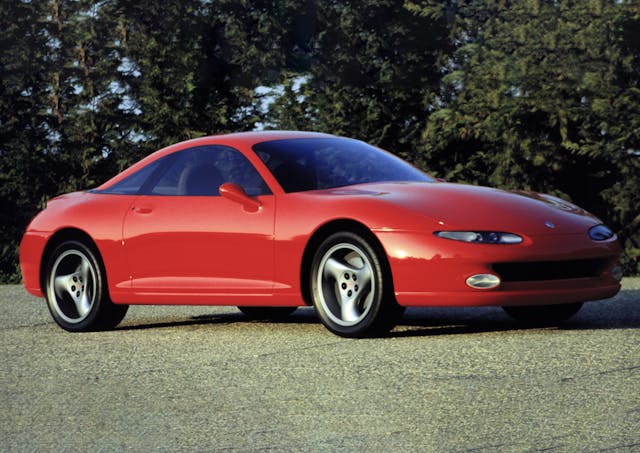
During the 1990s, CALTY contributed significantly to Toyota’s production vehicles for the North American market. Notable designs from this era include the 1995 Tacoma, the 1997 Prius and the 2000 Avalon.
In 2004, CALTY opened a studio in Ann Arbor, Michigan, “revolutionized local production design efforts, resulting in the creation of North American-specific models like the Tundra, Tacoma, Avalon and Sienna.”
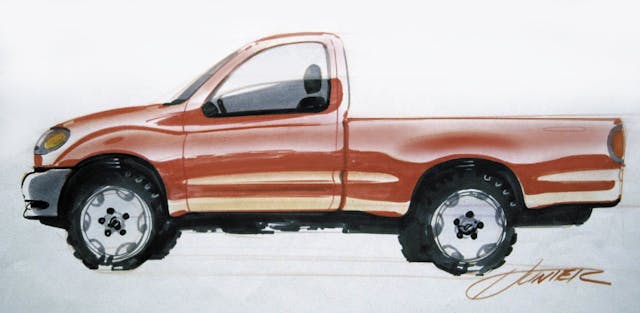
Meanwhile, the 2010s were very successful for CALTY. There was the 2012 Fun-Vii concept, deemed a “smart phone on wheels”; the 2012 Lexus LF-LC, which became the 2018 Lexus LC 500 and ushered in a new design language for Lexus, and the 2014 FT-1 concept, which became the A90-generation 2020 Supra, “a personal sports car favorite of CALTY.”
More recently, CALTY is responsible for the new 2024 Toyota Tacoma pickup.
As far as the next 50 years, Hunter said, “There’s no way we could have thrived without Toyota’s support for enabling new ideas. CALTY’s role to explore, innovate, and inspire is ingrained in our DNA, and we are excited to continue pushing boundaries in automotive design.”
***
Marketplace
Buy and sell classics with confidence
Check out the Hagerty Media homepage so you don’t miss a single story, or better yet, bookmark it. To get our best stories delivered right to your inbox, subscribe to our newsletters.
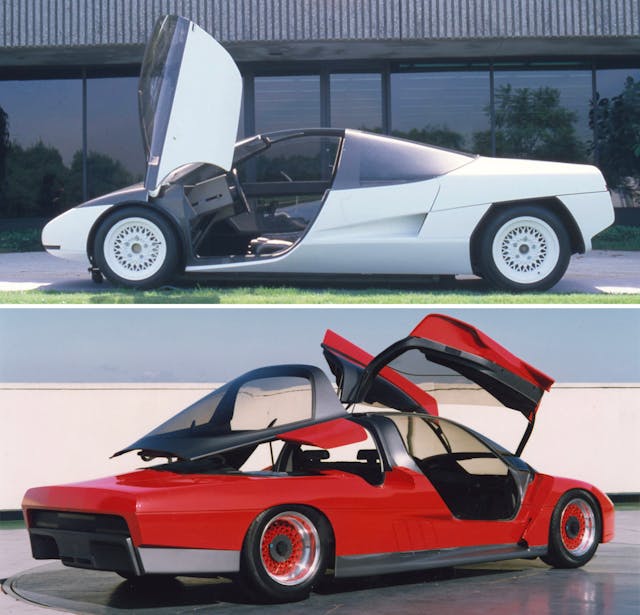
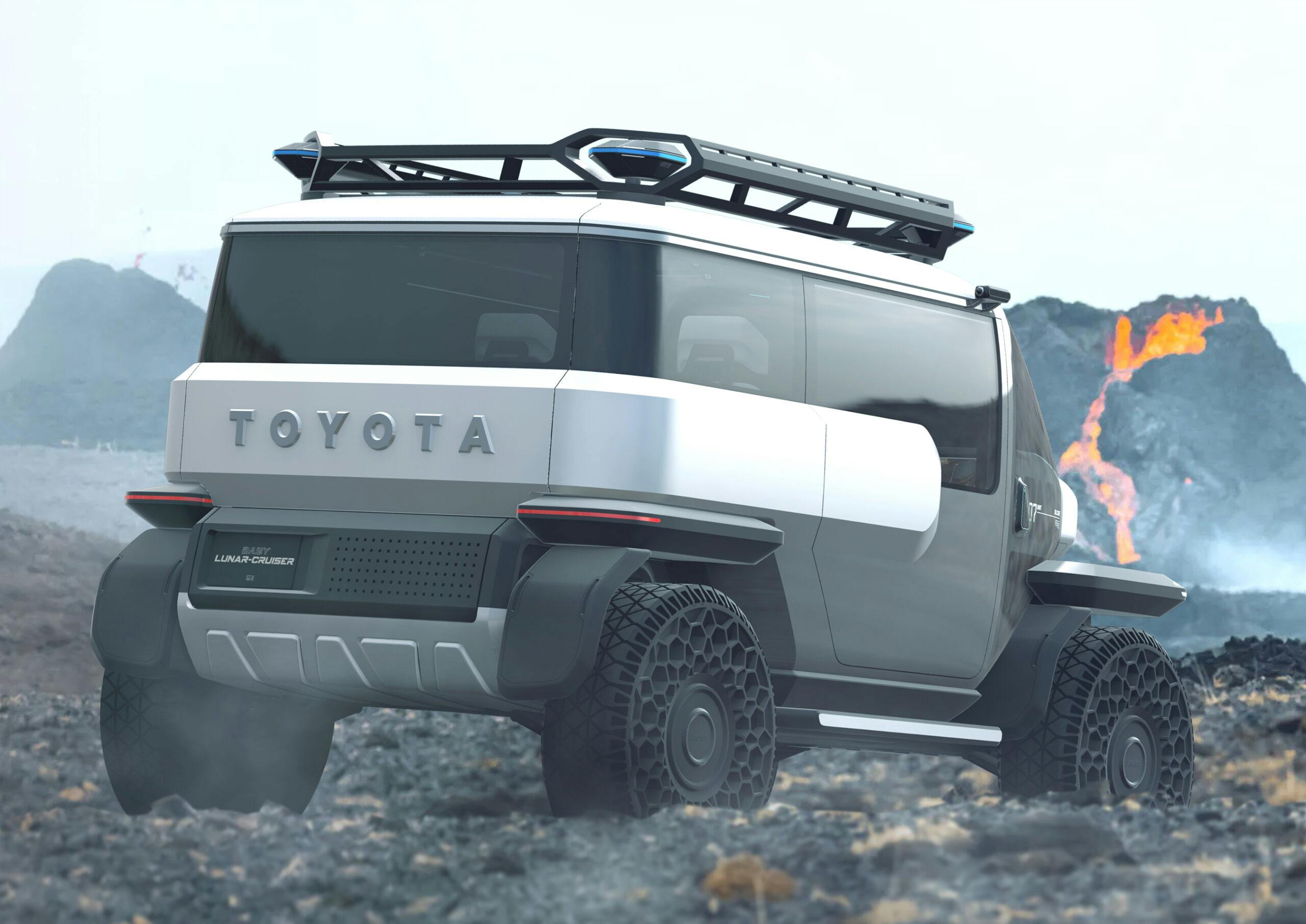
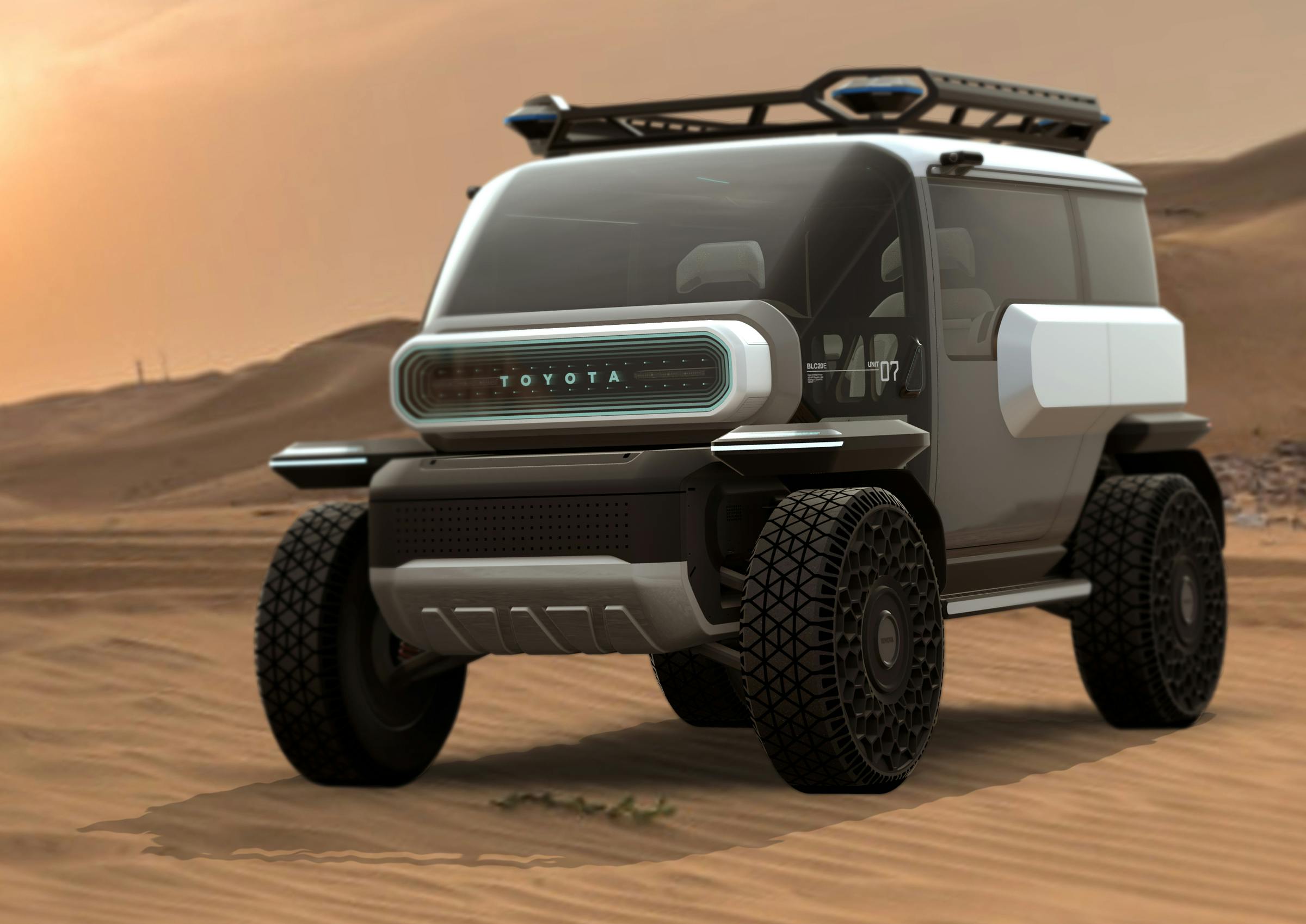
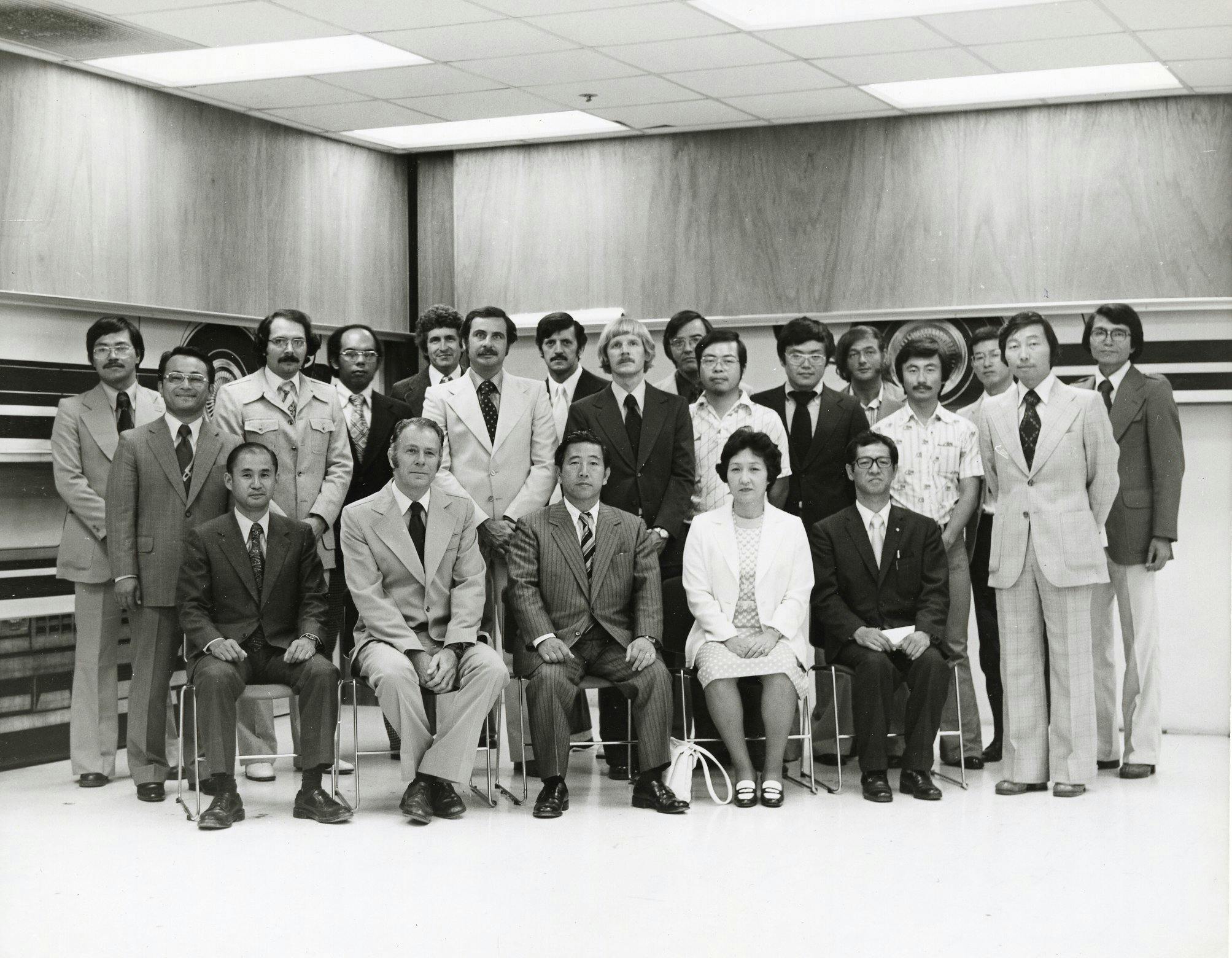
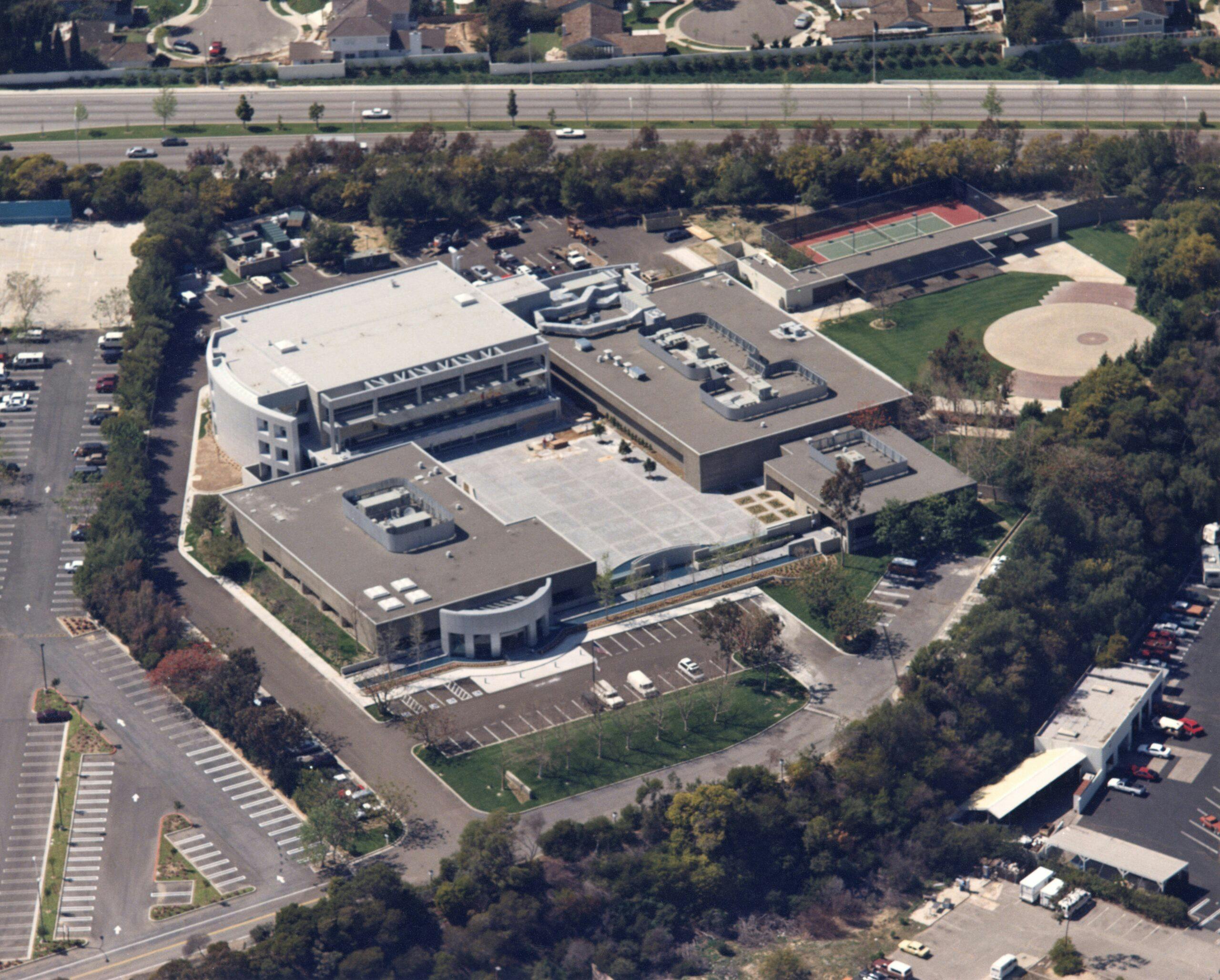
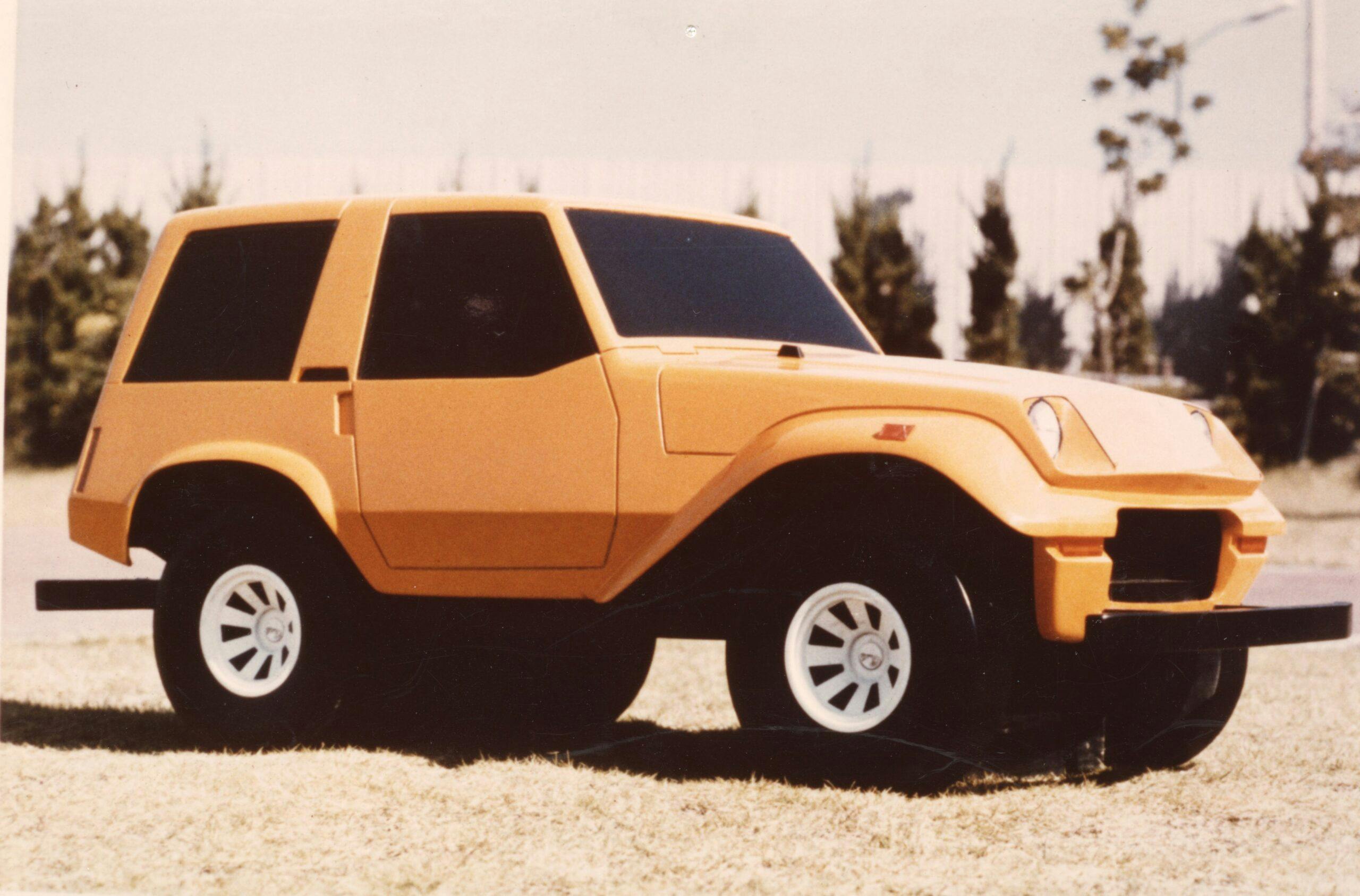
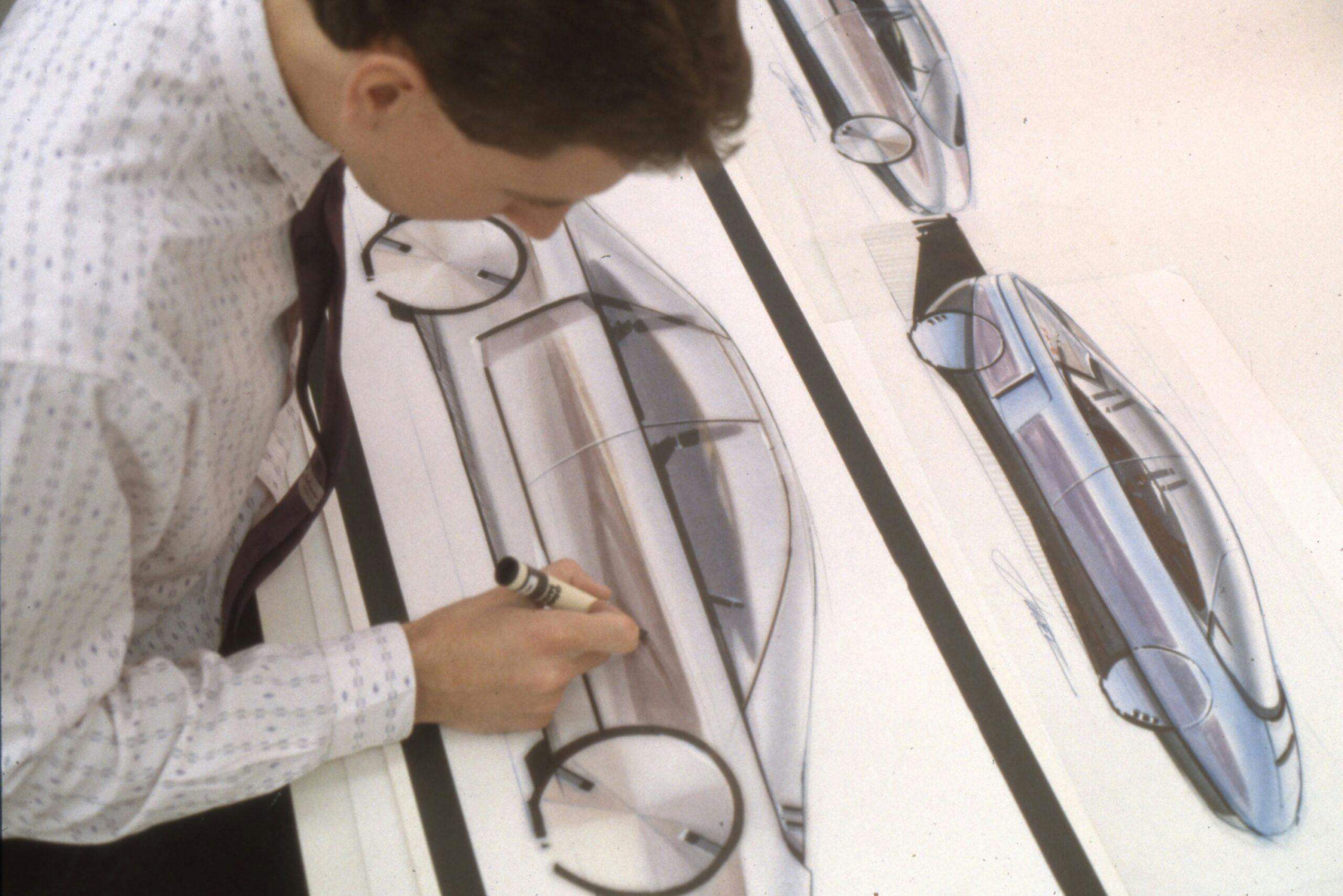
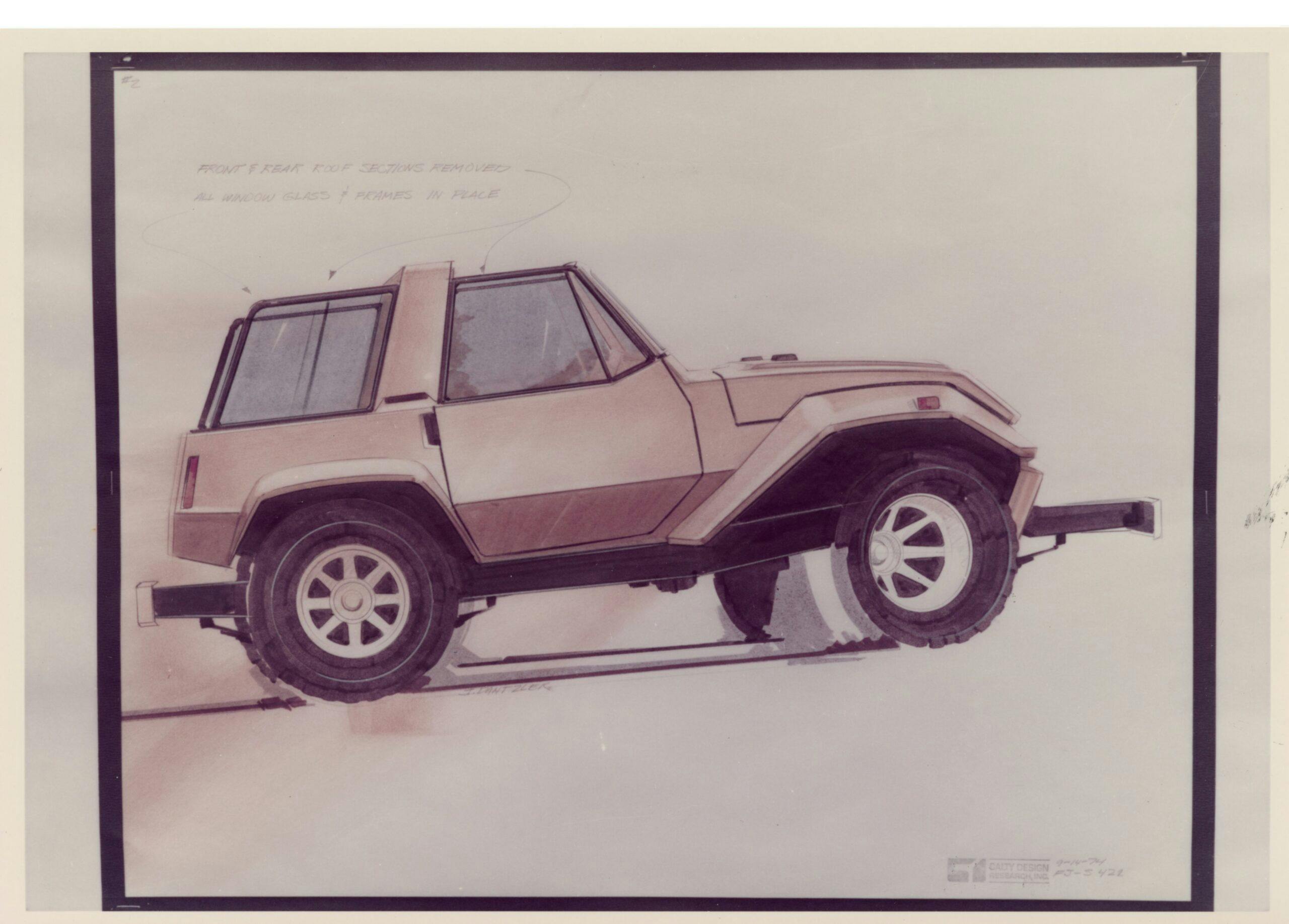
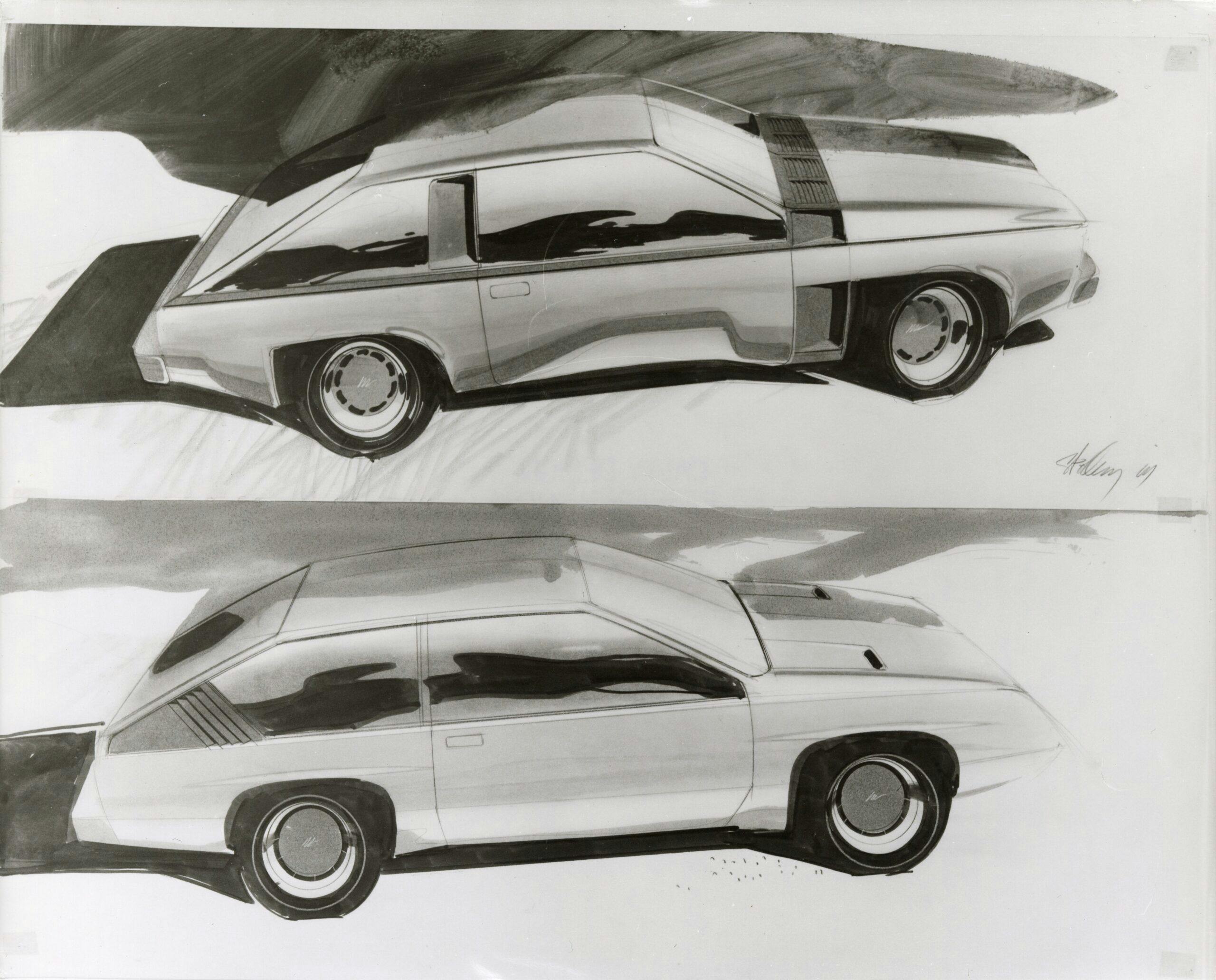
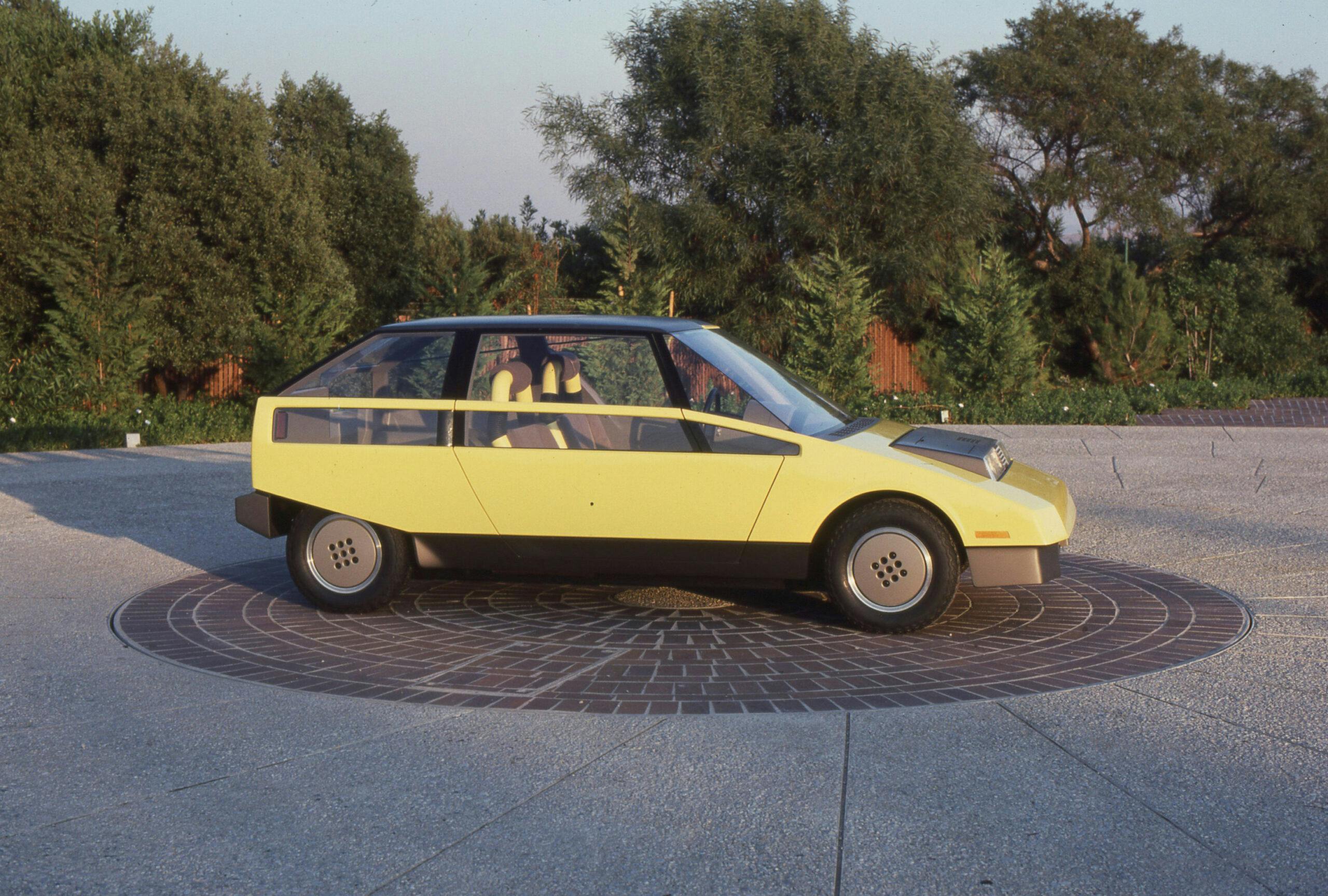
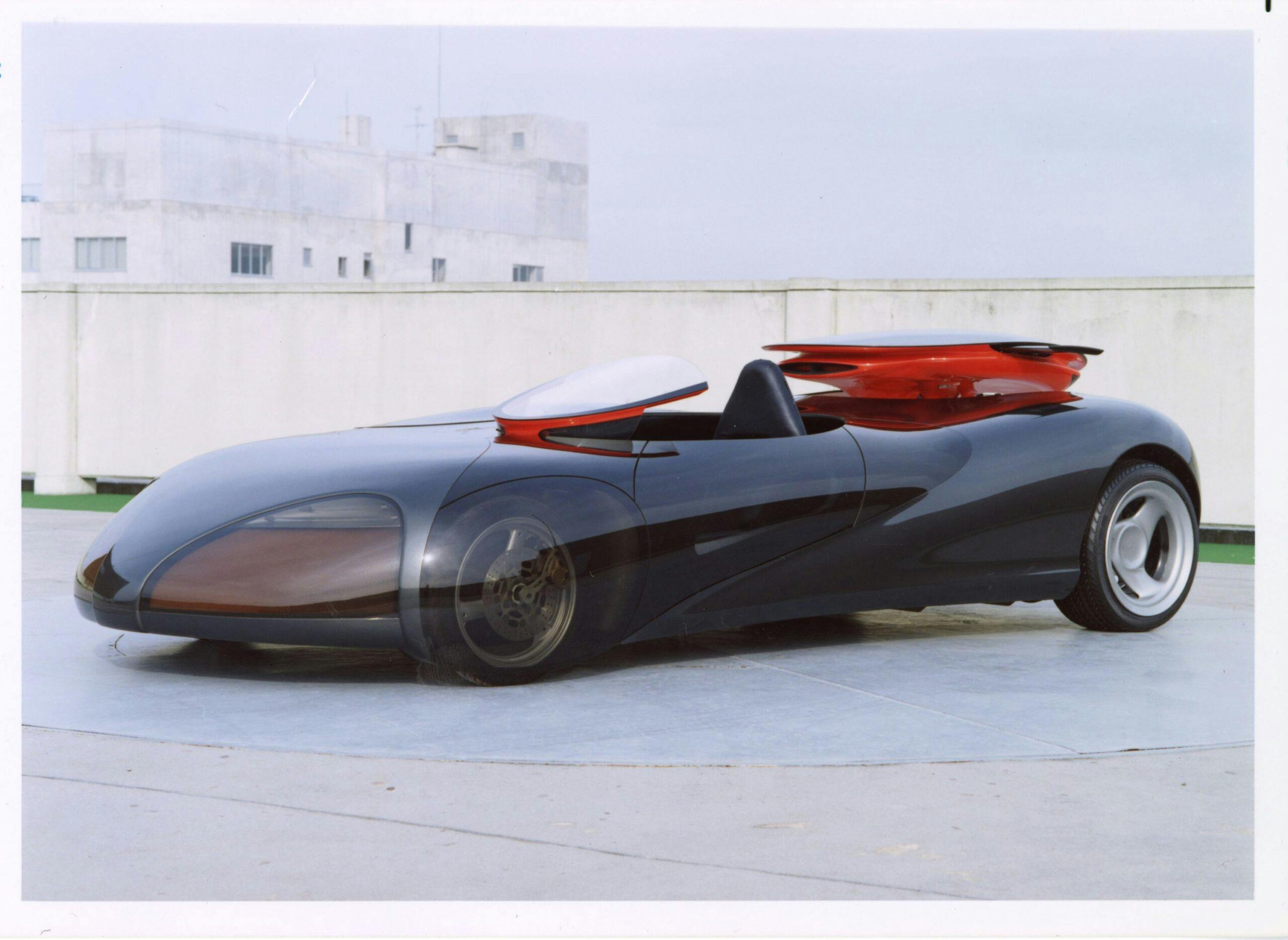
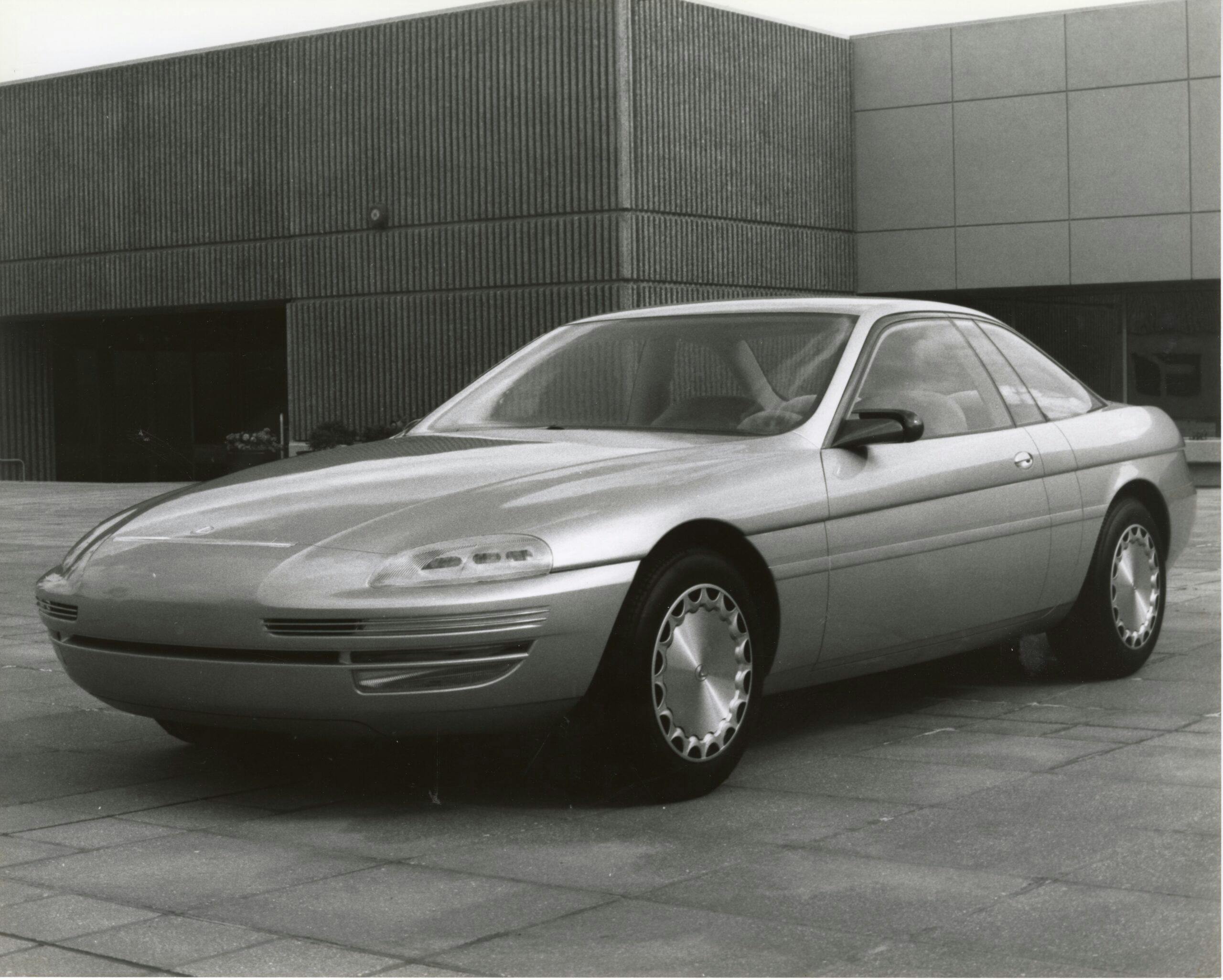



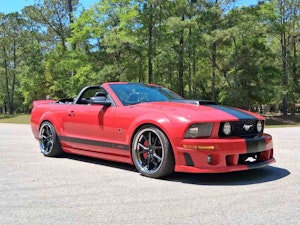

















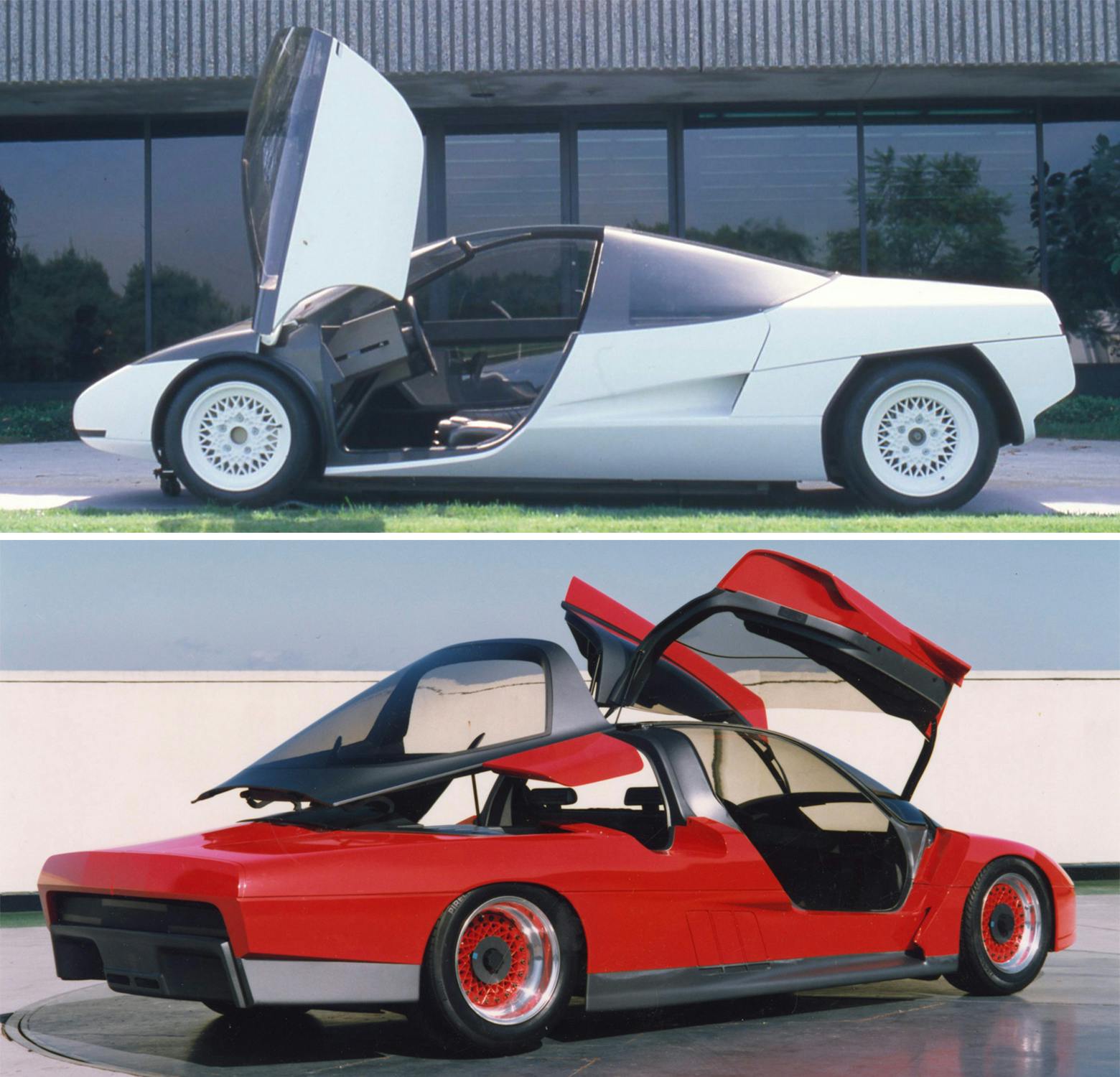
MX2 looks like the Dodge M4S Show car that PPG used as a pace car in CART and was also in the Wraith movie.
Would be interesting which one had the first drawing.
That Supra concept looks more like a 2G Mitsubishi Eclipse.
At the extreme right in the photo of the ‘78 Celica concept is Strother MacMinn, ex-GM designer, long-time transportation design instructor at Art Center College of Design, and consultant during CALTY’s early years. During his Art Center teaching career, he enthusiastically enlightened and inspired hundreds of automotive designers worldwide. A true giant in that relatively small world…
Very interesting, with several beautiful results. But is CALTY an acronym? Portmanteau even?